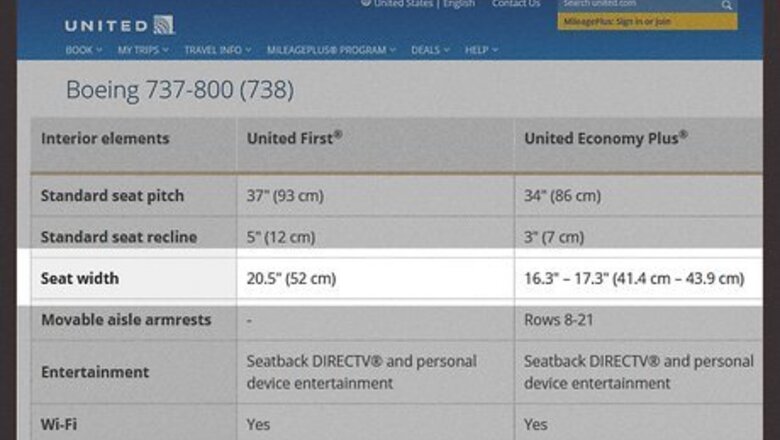
views
Choose an airline with wide economy seats.
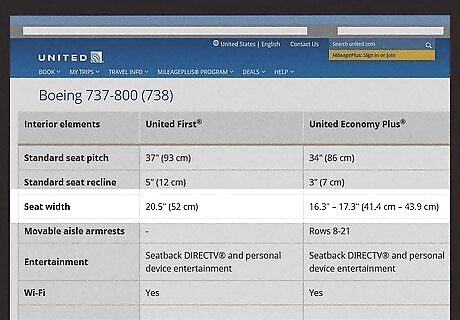
Pick a wide seat so you have more space to stretch out. Let's be honest—even though you're flying economy, you want some room so you can get comfortable. Before you book, go to an airline comparison website that lists economy seat sizes. While you're at it, you can also find out how far the seat reclines and what amenities are offered. For example, if you're booking a short-haul economy flight with United on a Boeing 737, your seat will be 16.3 inches (41 cm) wide, but if you booked with WestJet on a Boeing 737, your seat width would be 23 inches (58 cm) wide.
Book an evening or overnight flight.

Take advantage of your natural sleep cycle and book a flight in the evening. You won't be fighting your body's biological clock since you can simply close your eyes when you start to feel drowsy. Sure, you might still be tired if you reach your destination in the middle of the night or early morning, but you will have scored some precious sleep on the plane! If you have the option, book a nonstop flight so layovers won't interrupt your sleep.
Book a window seat near the front of the plane.
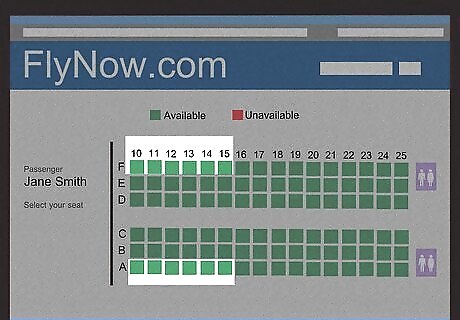
This is usually away from the bathroom. After all, you don't want to be bothered by people constantly coming and going. If you can't get a seat near the front of the plane, the middle is better than the back of the plane which can be busy or smelly if the bathroom's nearby. When you book your exact seat, get a window seat so you can lean against it to sleep. If window seats aren't available, choose the middle seat over the aisle seat. You might find it harder to relax in an aisle seat with people coming and going right next to you. Plus, you have to make sure that your legs aren't jutting into the aisle. The plus side of choosing the aisle seat is that you won't need to wake the other passengers whenever you want to go to the bathroom. Lucky enough to be on a flight with empty seats? Fantastic—ask a flight attendant if you can stretch out or move to a row that doesn't have anyone else sitting in it so you can enjoy some peace and quiet.
Dress in layers so you stay warm and comfy.
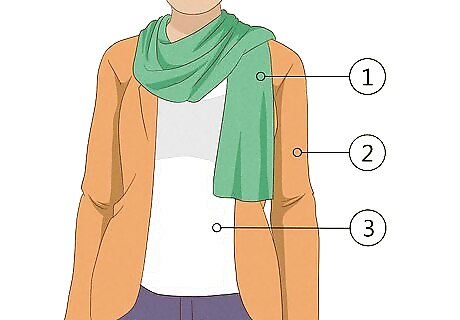
Wear soft, breathable fabric that's not restrictive. You'll probably be sitting for a while, so pick clothes that are loose-fitting. It's always a good idea to dress in layers so you can stay warm if it's chilly on the plane or peel off a layer if it's too warm. If your feet usually get cold, bring a pair of thermal or compression socks to wear on the plane. Sometimes, just getting physically comfortable is enough to help you drift off.
Bring your own blanket and travel pillow.
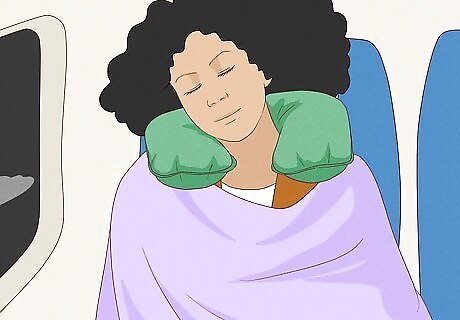
Economy class might not offer blankets. Plus, you'll probably relax better with a cozy blanket from home. Wrap it around you and stick a U-shaped travel pillow behind your neck for extra support. This can make you feel like you're snuggled up and ready for bed. If you typically lean forward when you sleep on a plane, try propping the U-shaped pillow in front of your neck to give you extra support. Here's a pro tip—if you don't want to be woken by a flight attendant, wrap your blanket around you before you buckle up. If your buckled seat belt is visible, you shouldn't be disturbed by the flight crew.
Wear an eye mask and earplugs.
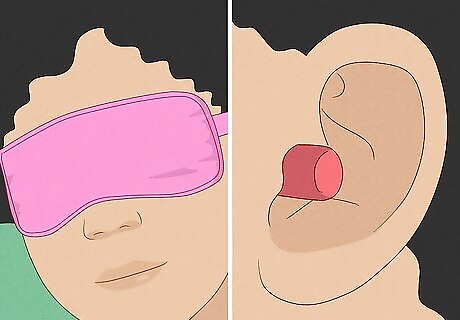
Block out the bothersome airplane sounds and light. Some people can drift off anywhere but this is hard if you like it to be dark and quiet! To get in the zone, pop in earplugs and slip on a soft eye mask. These accessories also send the message to nearby passengers and the flight crew that you don't want to be disturbed. If you don't have earplugs, noise-canceling headphones with white noise apps work too.
Avoid looking at bright screens.
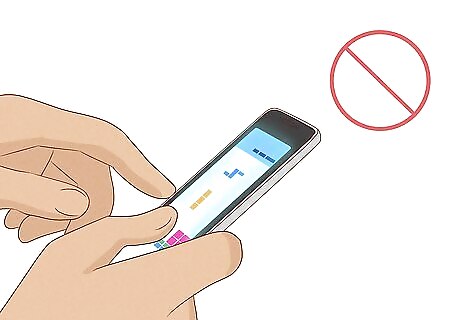
Electronic devices emit a blue light that can make it harder to drift off. Skip scrolling through your phone or tablet and read a book or magazine instead. If you can't do this for the whole flight, make a point of turning off your devices at least 30 to 60 minutes before you try to fall asleep. If there's a seatback screen in front of you, ask to have it turned off so you're not distracted by the bright light as you try to sleep.
Listen to calming music or a podcast.

Put on gentle music or listen to a soothing podcast to help you unwind. This can also take your mind off of what's happening around you on the plane. You might listen to classical music, catch up on an audiobook, or follow a guided meditation. Skip programs or music that stimulates you. Remember, you're looking for something to fall asleep to, not something to get your blood pumping!
Drink water or herbal tea.

Skip caffeine or alcohol when you're offered drink service. Sure, alcohol can initially make you drowsy but it actually makes it harder to fall into restorative sleep. Alcohol, along with caffeine, can also dehydrate you and make it harder to sleep. When you get the choice, reach for water, herbal tea, or juice and try to stay hydrated during the flight. Don't forget to watch your fluid intake. You don't want to interrupt your sleep by frequently running to the bathroom!
Try a melatonin supplement for a long flight.

Take 1 to 3 mg of melatonin to help you feel sleepy. Melatonin is a hormone that regulates your sleep cycle and it's usually highest at night. To help you ease into sleep on a long flight, take 1 to 3 mg of melatonin 30 minutes before you try to sleep. Talk with your doctor before taking a sleeping pill on the flight. While they can help you fall asleep quickly, you might feel groggy or drowsy when you reach your destination. If you're on a long-distance flight and you're seated for a long period of time, sleep aids can increase your risk of blood clots.
Calm your thoughts and mentally relax.
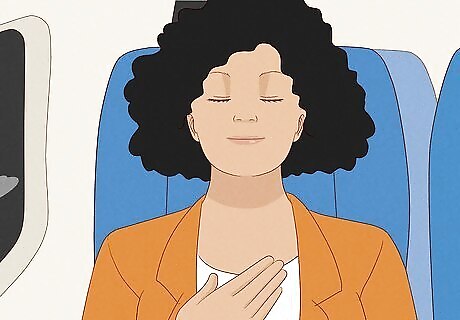
Tell yourself to close your eyes and rest. If you've ever laid in bed staring at the ceiling, you know you can't force yourself to fall asleep! Instead of putting on the pressure, go easy on yourself. Remember that even closing your eyes and taking deep breaths is still resting. If you often struggle to fall asleep, download a bedtime meditation app to listen to as you rest.



















Comments
0 comment